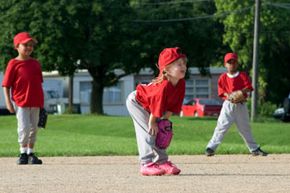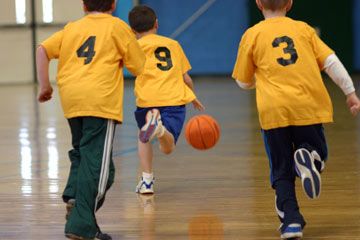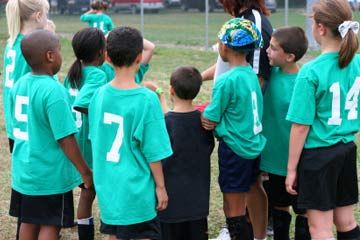You signed your son or daughter up for youth baseball and in a moment of spontaneous goodwill placed an "X" in the little square labeled "I am willing to coach a team." Now you've received a packet from your local recreation department and are somewhat overwhelmed by the variety of photocopied pages it contains. Schedules, names and phone numbers, rules and equipment lists spill onto the table, leaving you wondering what you've gotten yourself into.
But not to worry -- you are about to become one of those adults given the honor to influence, teach and encourage society's most precious asset: children. Armed with some basic information, a bag of equipment and a positive attitude, you can have the time of your life while passing on a love of fun and sportsmanship to your players.
Advertisement
As you embark on your coaching experience, keep the following in mind:
- Coaching is teaching, and teaching occurs at all levels of youth baseball. For the youngest participants, you'll need to teach the basics of the game as well as hitting and fielding skills [source: QC Baseball]. For those slightly older participants who have passed the coach-pitch level, you will need to train pitchers. In addition, you'll need to teach the veteran players to deal fairly and positively with less experienced players, and you'll need to teach all of the players how to handle both success and loss with grace.
- There are great rewards to coaching. Coaches who manage teams for several years have the opportunity to observe children grow from childhood to adolescence and watch them turn into leaders and teachers themselves.
To get started, you'll need to understand the rules of youth baseball and how the rules may be different from other leagues, and you'll also need some practical advice about practices and games, so keep reading [source: Youth Baseball Basics].
Advertisement


